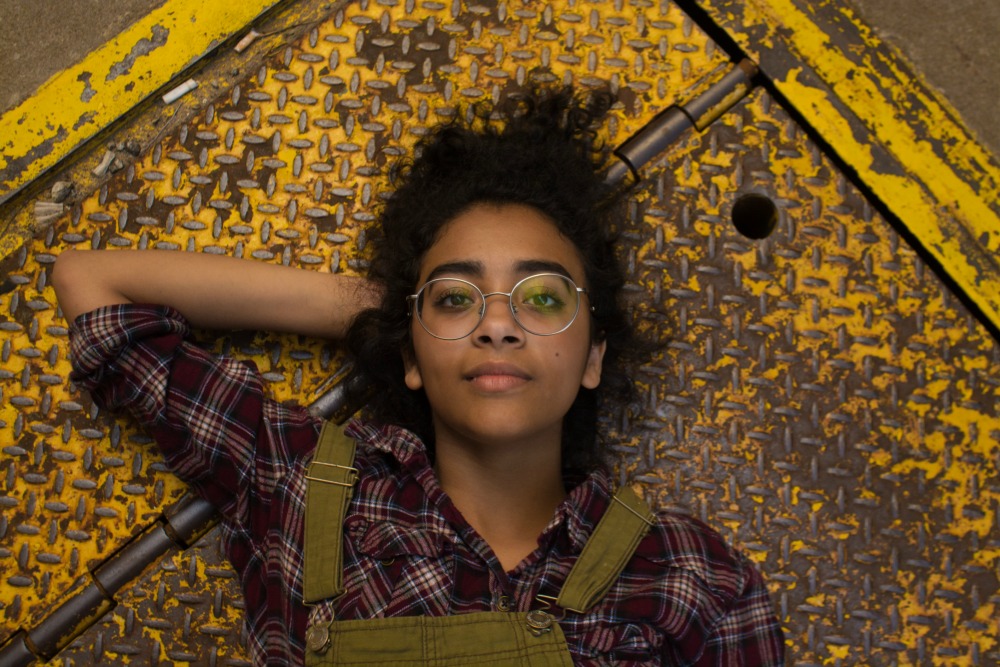I have three teenagers. One of them is currently in college. If anyone understands the singular communicative nature of adolescents, it is me. I have lost track of the number of times I have gone through the following conversation:
- Mom: “What do you guys want for dinner?”
- Teens: Collective grunt.
- Mom: “What does that mean? Burgers? Pasta? Salad?”
- Teens: “Yeah.”
- Mom: “Yeah, to what?”
- Teens: “Whatever.”
For the most part this is just a phase in their development. I don’t think a single parent in history hasn’t been faced with it once their kids make the leap between preteen and teen. The problem is that it might not be totally isolated to sullenness.
Are our kids losing natural opportunities for building their communication skills?
The Lost Gift of Casual Conversation
Experts say this isn’t just a normal developmental issue. Children are growing up on gadgets, learning how to communicate via a screen and a nontraditional lingo developed through shortcuts and texting. This makes face to face interaction much more difficult.
In fact, there have been studies which hypothesize that social media is contributing to social anxiety and related conditions. If you consider the fact that our kids have had less practice interacting in the real world, this isn’t that much of a surprise. Even friends speak via text and DM’s more than in person.
Strengthening Our Children’s Social Skills
This is hardly our children’s fault. We have developed this new digital world and may not have been preparing our kids to retain a bit of the old one. They have over adapted and now that has to be addressed.
Lucky for our teens, that is part of our job description as parents! It is time that we added communication as one of the lessons associated with our overall preparation for teenagers to take on the daunting reality of independence.
What Skills to Aim For
The question now is where in the world do we start? When our children are very young we go through the process of teaching them how to speak, the words for things, how to communicate their immediate needs beyond ear piercing shrieks.
But that isn’t the same as showing them how to connect with others, particularly in ways that will benefit their academic years, future relationships and career opportunities (and if we are honest, aren’t those the three most concerning avenues we have to consider at this age?).
It is easier to break down our skills sets and aim for those. Here are five major ones to work on, moving forward.
- Small Talk – Small talk isn’t the most thrilling part of communication and it is often the most uncomfortable. It is also the one that is going to be used most in the beginning stages of any new venture, from meeting college friends to speaking to a potential boss in an interview. Your teen should know how to politely introduce themselves, remain charming through a basic conversation and show interest in minor details that may bore them to tears. This is also a good opportunity to learn how to store that information for later.
- Engaged Listening – More than half of good communication comes from knowing how to actively listen to the other party. If the other person can tell you are giving them your entire focus it will endear them to you. Your teenager should work on learning to actively listen, make eye contact, retain details and use repetition and responses to show that they are paying attention and are engaged in the conversation. Let them experience the importance of this by seeing you doing this when it’s their turn to talk.
- Ice Breakers – A good ice breaker is worth its weight in gold. But it is better to know how to recognize an opening, be charming and confident, and to approach people in the right way. From there you should also know how continuing icebreakers can keep a conversation going past the awkward stage. Point out when you see someone does this well. This will help them understand the importance of it. Also, whenever you can, use a good ice breaker yourself. Modelling is powerful. Teens will always learn what they see quicker than what they hear.
- Body Language – If your teen is fidgeting, playing with their phone, not making eye contact, bouncing in their seat, tapping their foot, not shaking hands, gently name what you would prefer to see. They will be less likely to get defensive if you can present it in a way that has a positive edge to it, ‘It’s great when you look at me when I’m talking to you,’ or, ‘I know you want to be on your phone right now, but I’d love it if you would put it down just while we’re talking’. Body language is incredibly important for increasing the impact of social interactions.
- Professional Writing – Finally, this one is not about face to face interaction, but appropriate writing that will be used for everything from essays, to scholarship letters, to resumes. Your teen will need to know how to be succinct, impassioned, professional, direct, subtle…there are many different styles of writing for different situations, especially in the professional world. I know from personal experience as a writer that having this skill can make all the difference in the world between having a job and being unemployed, or getting an education paid for by donors or getting crushed under student loan debt.
Let’s Help Our Teens
Our teenagers are growing up disconnected in a world that isn’t built for face to face communication. That is a serious detriment to their future and it is up to us as parents to rectify the problem.
With some help from you and a few useful tools, your teen can bulk up those conversational abilities and come out ready for anything. You might even learn a few things along the way.
About the Author: Cindy Price
 Cindy Price is a Northern Utah wife, mom, and writer. She has 15 years experience writing educational content in the many areas of parenting, with an emphasis on teen-related issues, from which she applies and expounds on her personal experience raising three teenagers. You can find Cindy on Twitter.
Cindy Price is a Northern Utah wife, mom, and writer. She has 15 years experience writing educational content in the many areas of parenting, with an emphasis on teen-related issues, from which she applies and expounds on her personal experience raising three teenagers. You can find Cindy on Twitter.



Hi.
I have a 16 year old teen who knows people but seems to me he is always the one initiating conversation and asking questions. I also notice that friends don’t reach out to him. He has also mentioned to me that he asks questions to make conversations but the other party doesn’t ask questions, they just answer. I’m not sure how to help. I feel he is lonely and he’s trying to connect but it’s challenging for him. Any advice I will be grateful for
Same boat for my 14 almost 15 year old son.
we have an almost 13 year old son who doesn’t communicate as much with other individuals. He and I hold conversations while he’s getting dressed for school, before he is taken to school and even after his school day is complete. He was with his oldest sister for the weekend and she notices that he wasn’t as verbal while they were together. She also noticed that while he was with her that he was on the phone with one of his classmates and the classmate was saying rude things and he didn’t respond back. Once i brought this to his attention he did say this individual did say some hurtful things to him. His father and I informed him that this individual isnt your friend and that he needs to stop all communication with him. I try to instill in him that he can do anything in life and that he can talk to me or his dad about anything and to never be afraid to say anything to us. Also trying to instill in him to stand up for himself and to never be afraid.
Thank you for this article. Do you have examples for each the first four skill sets you write about? My almost 13 year old daughter needs help in each one of these areas.
Thank you!
Hi, Geri!
Sorry for my delayed response. You pose a great question! One that I could write another full article on, ha! But I’ll do my best to give you some examples of the first 4 skills:
First of all, modeling the behaviors and discussing them with your teen as you display them can go a long way. For instance, while standing in the check-out line at the grocery store, spark up a conversation with the clerk. You can display each of the 4 skills right then and there for your teen then talk about it in the car on the way home. The next time you’re at the store, you can challenge your teen to try to start a conversation and practice those skills.
The more instances you put your teen in to practice these skills the better. Bring them along to a work function, or sign up to volunteer somewhere together, so that they are placed in an environment where they need to communicate and interact with others they have just met. Plus, you will be there to facilitate and help along the way. This is another good opportunity for you to model the skills and teach by example.
Another suggestion I have is to have mini challenges for each other. For example, before a get-together, errand, etc have a game where you each need to talk to one new person and learn 3 things about them. The practice will be useful for your teen and give them a fun way to learn the courage of talking to new people. It will help them find ways to start new conversations and will make them ask questions and really listen so that they can report the 3 things they learned.
Those are just a few ideas. Maybe I should write a blog post on some practical tips and examples on carrying these out! Regardless, I hope this helped. Thanks again for your comment and feedback 🙂
Dear Cindy,
Thank you so much for this helpful article. It addresses an issue that’s not so much addressed elsewhere.
I have two teens 13 & 12. They’re not shy and confident enough to do anything they want. It’s just those conversation skills you mentioned especially the icebreaker. My two wouldn’t start a conversation at all and yet blame it on the other party being not interested like for example waiting at the bus stop with the same kids all year but never held a conversation with them.
I loved your article so much. Many thanks
Huda